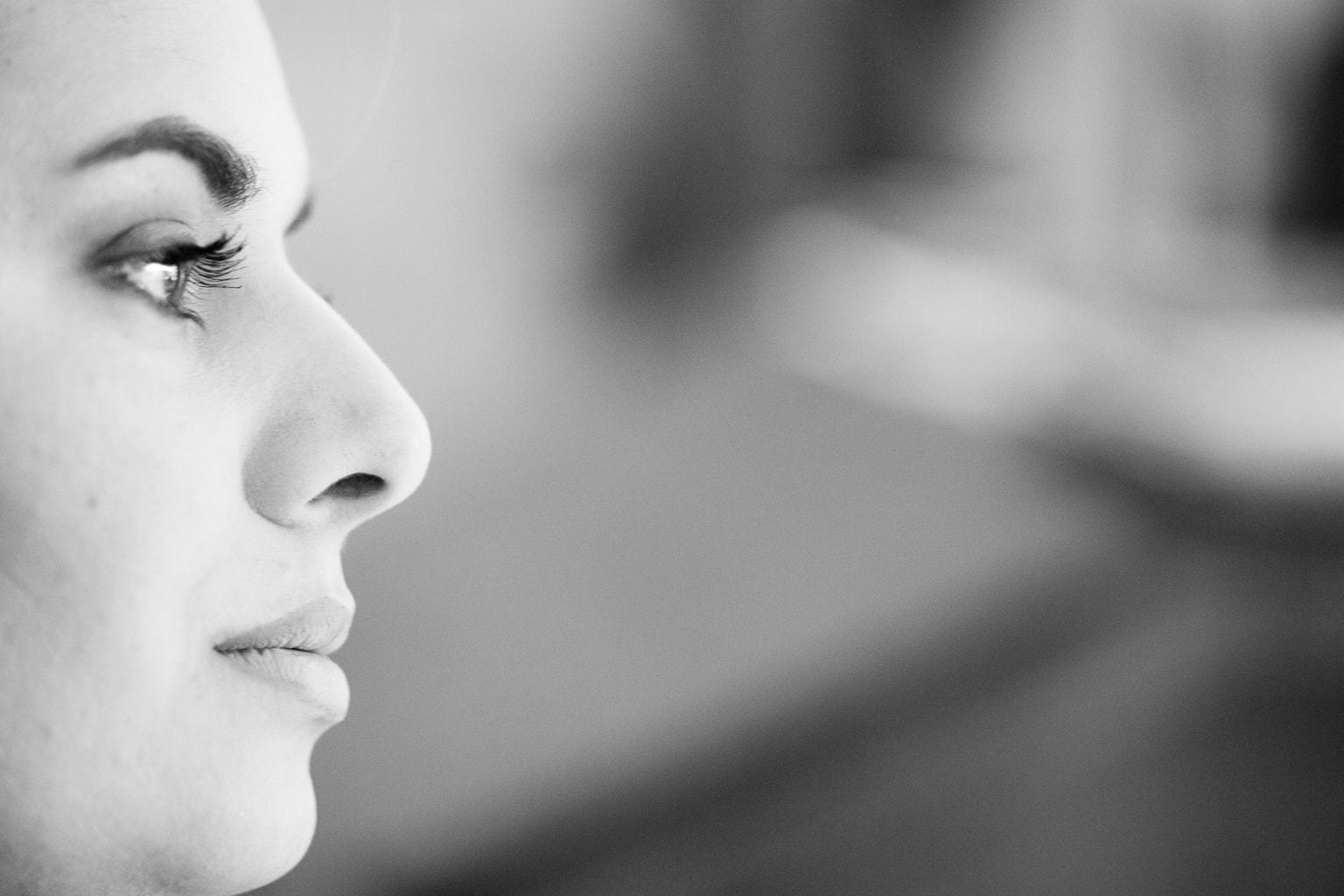Portraiture is one of the most exciting themes in the world of photography and therefore the one with the most followers, and not only for the “ease” of having models available, but for all that a portrait can achieve. Transmit and say. A landscape, an animal, may interest us or even move us, but people not only move us, they move us.
Of course, there is no perfect recipe, a good portrait consists of many ingredients, including the person who shoots, who can change the rest of the ingredients?But there are some tips that can help you achieve a great portrait and some rules you should normally follow. It is true that in art the rules are “relative”, and in quotation marks because although I have said on several occasions that the rules must be skipped and that we should not put limits on our creativity, you also probably know (if you read the blog regularly) that to ignore them you have to know them well and know how to apply them. If you ignore them (in the literal sense of the word), it will obviously be a failure. If you jump them with a clear intention, for some artistic or creative reason, we are talking about another story, you do it with a reason, with a reason that can be read in the image, and you do it knowing the rule and knowing that in this case your photograph will win if this time you do not apply the rule.
- And since it is so important to know the rules.
- Today we will talk about one of the main ones.
- The law of the gaze.
- It is very easy to understand and achieve and the difference between applying it or not is huge.
- It is just leaving space in front of the eyes of your model.
- There is talk of letting the person “breathe”.
- Of letting him “ventilate” so that no sensation of suffocation or immersion is created.
- The open space should always be in front of your subject.
- If you want this.
- The image will become more attractive and it will be more interesting.
- This rule helps direct the eye and arouse curiosity about what the protagonist will observe.
- The best way to see it is using examples.
- So here are a few.
When I think of this rule, it comes to mind when we were punished when we were kids looking at the wall. If you think about it, it’s something like that, but in this case the wall would be the edge of the image. Putting your protagonist “facing the edge” of the photo is like punishing him, preventing him from participating in the scene, cutting off his wings to fly, limiting his vision and his ability to move. Because when we talk about look we also talk about directionality, it may be looking down, but if your whole body is directed to the left, we can’t limit it to that side. It wouldn’t be worth leaving the space to the right and under the look. If so, then you want to convey something concrete with this action, in this case, go ahead!Look at this image, I’m almost certain that what the author meant by ignoring the law of gaze was precisely to “deprive” the woman represented of this freedom of movement, expression and even sleep. The vast space, the interesting landscape, left it behind, out of reach, thus accentuating its sad and melancholy gesture.
Compare it to this one, the sensations are extremely different, aren’t they?
In the next case, does there also seem to be a clear intention to confuse the public, to create a sense of claustrophobia?If you look at the portrait, will it make you feel scared, cornered? Cutting “air” right in front of him. that feeling increases that feeling even more, don’t you think?
As I told you, space doesn’t have to be left or right, it all depends on the “directionality” of the subject. Do you look at this example to see it clearly, very clearly?
You can also follow this rule when more than one person appears in the photo, usually a portrait is that of a person, but images such as the following can also be produced, this time the author frames according to the law of the gaze. in both cases, leaving accordingly a magnificent photograph:
If you’re not quite clear yet, I’ll give you a few more examples where the law of gaze is fulfilled and can serve as inspiration.
Didn’t you have a terrible desire to find your camera and start looking for portraits in which you can play with the law of the gaze and transmit all these sensations? I bet you are, you are ready to see the effect you can achieve with this simple rule. If you want to delve into the subject of portraiture, don’t miss this guide to mastering portrait photography.
If you found this article interesting or useful, consider sharing it so your contacts can read it too. Thanks for coming to see you next time!

